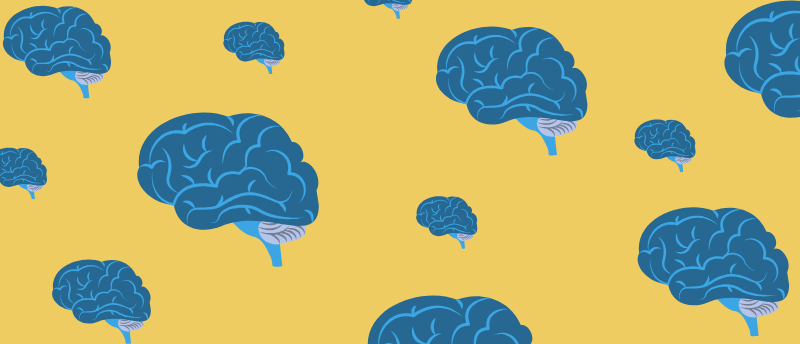Shaping the brain: a study of the genes that control brain volume

A study including nearly 75,000 participants has identified genetic variants associated with brain volume and some conditions, including Parkinson’s and ADHD.
Many brain diseases are known to be partially genetic; however, the specific disease-causing changes in DNA are still unknown for many of them. Now, one of the largest studies on DNA and brain volume to date, led by Miguel Rentería (Queensland Institute of Medical Research, Australia) and Paul Thompson (Keck School of Medicine, University of Southern California, CA, USA), has found 254 genetic variants that shape key structures in the deep brain, which are often implicated in disease.
Understanding the differences in size of brain regions of individuals with specific brain diseases compared to others can help us illuminate the causes of brain dysfunction. Identifying the genes that control the development of those brain regions opens the door to developing treatments for brain diseases.
To investigate this, a team of 189 researchers from the Enhancing Neuro Imaging Genetics through Meta-Analysis (ENIGMA) consortium, an international effort based at the Keck School of Medicine at USC, collected DNA samples and MRI brain scans from 74,898 participants.
 Pick of the posters: Neuroscience 2024
Pick of the posters: Neuroscience 2024
At this year’s Neuroscience 2024, the annual meeting of the Society for Neuroscience, we took a trip around the poster hall, picking out our favorites and those we thought you would most like to hear about.
The researchers used the MRI scans to analyze brain volume in nine subcortical structures known for their roles in memory formation, emotion regulation and movement control, such as the brainstem, hippocampus, amygdala and thalamus. They then carried out genome-wide association studies (GWAS) on the DNA samples to identify any genetic variations linked to brain volume.
GWAS revealed 254 genetic variants associated with brain volume across the nine regions, which explained up to 10% of the observed differences in the participants’ brain volumes. This included some genes that overlapped with risk loci for Parkinson’s and attention-deficit/hyperactivity disorder (ADHD).
“There is strong evidence that ADHD and Parkinson’s have a biological basis, and this research is a necessary step to understanding and eventually treating these conditions more effectively,” commented corresponding author Rentería. “Our findings suggest that genetic influences that underpin individual differences in brain structure may be fundamental to understanding the underlying causes of brain-related disorders.”
While the study is helping to link specific genes with particular brain volumes and conditions, the researchers stress that the work is currently correlational, and more research will be needed before they can determine if the genes are causally linked with the conditions.





